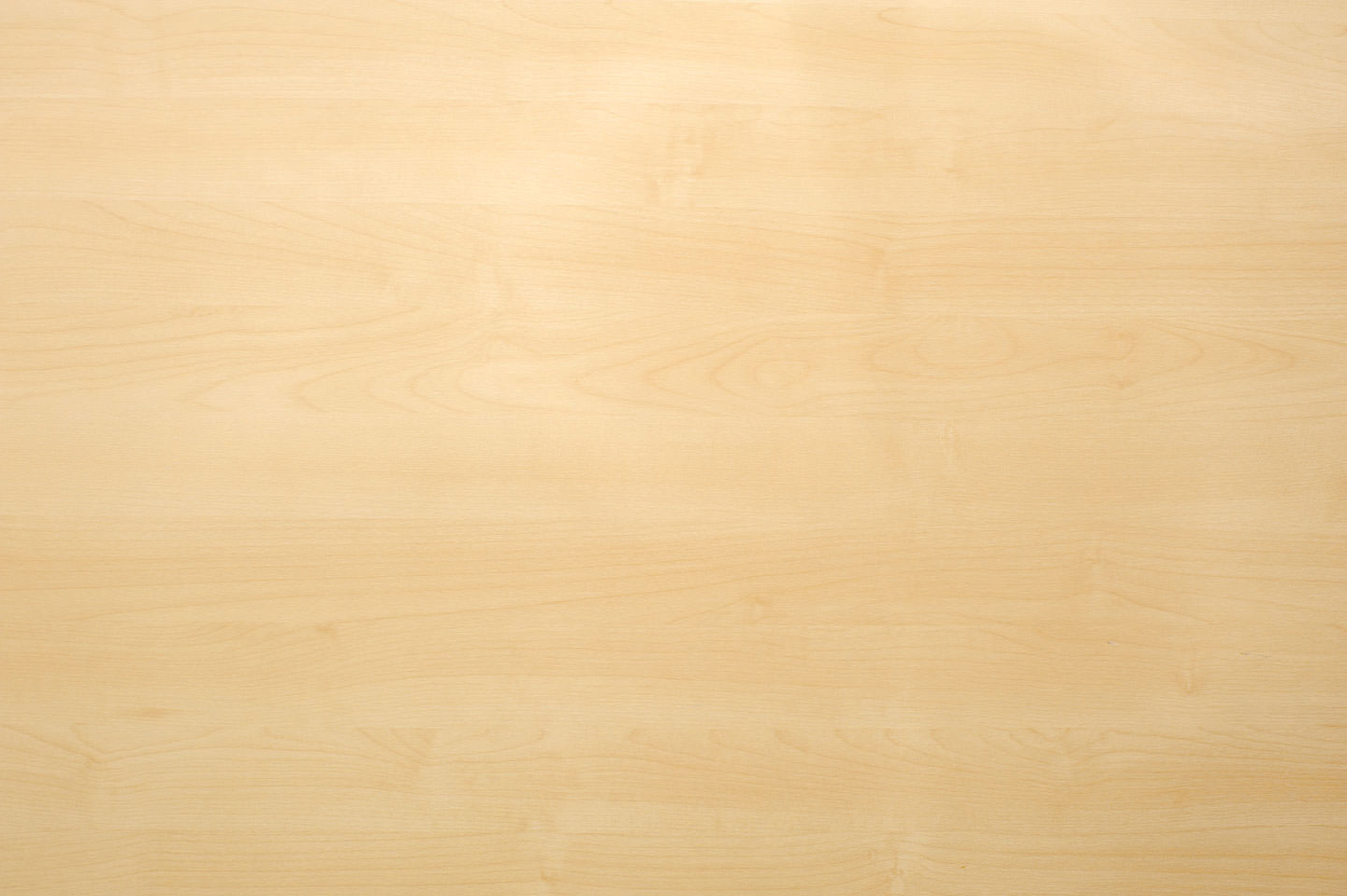

Actual Problems in Machine Building. 2015. N 2
Innovative Technologies
in Mechanical Engineering
____________________________________________________________________
46
PROVIDING ROUGHNESS VALUES OF THE PART SURFACE CONSISTING
OF TWO DISSIMILAR CONSTRUCTIONAL MATERIALS
Smirnov I.M.
, Ph.D. (Engineering), Associate Professor, General Director, e-mail:
oaoniii@pochta.ruJSC Research Engineering Institute, Western industrial zone, 6 Shosse Entuziastov, Balashikha,
Moscow region, 143912, Russian Federation
Abstract
In designs of modern cars and mechanisms there are parts of the rotary body class whose design
consists of a metal matrix filled with a plastic filler. As similar parts work under difficult operating
conditions, requirements to the joint surface quality, namely, to roughness are imposed in addition
to requirements to their durability and tightness. The established values of quality are provided by
machining with the edge tool equipped with composite 10. This tool material has a lot of
advantages over all other known materials for equipping cutters, mills and other tools. Thanks to its
unique physical and mechanical properties it is successfully applied in turning and boring
operations and face milling of intermittent surfaces. As a result of finishing machining, tools
equipped with composite 10 are capable of providing the accuracy of machining of no less than the
7th quality class with roughness of no more than 1, 25 microns.
Keywords
part surface, roughness, metal, plastic, turning, machine, cutting tool, durability of the tool,
quality of processing

















